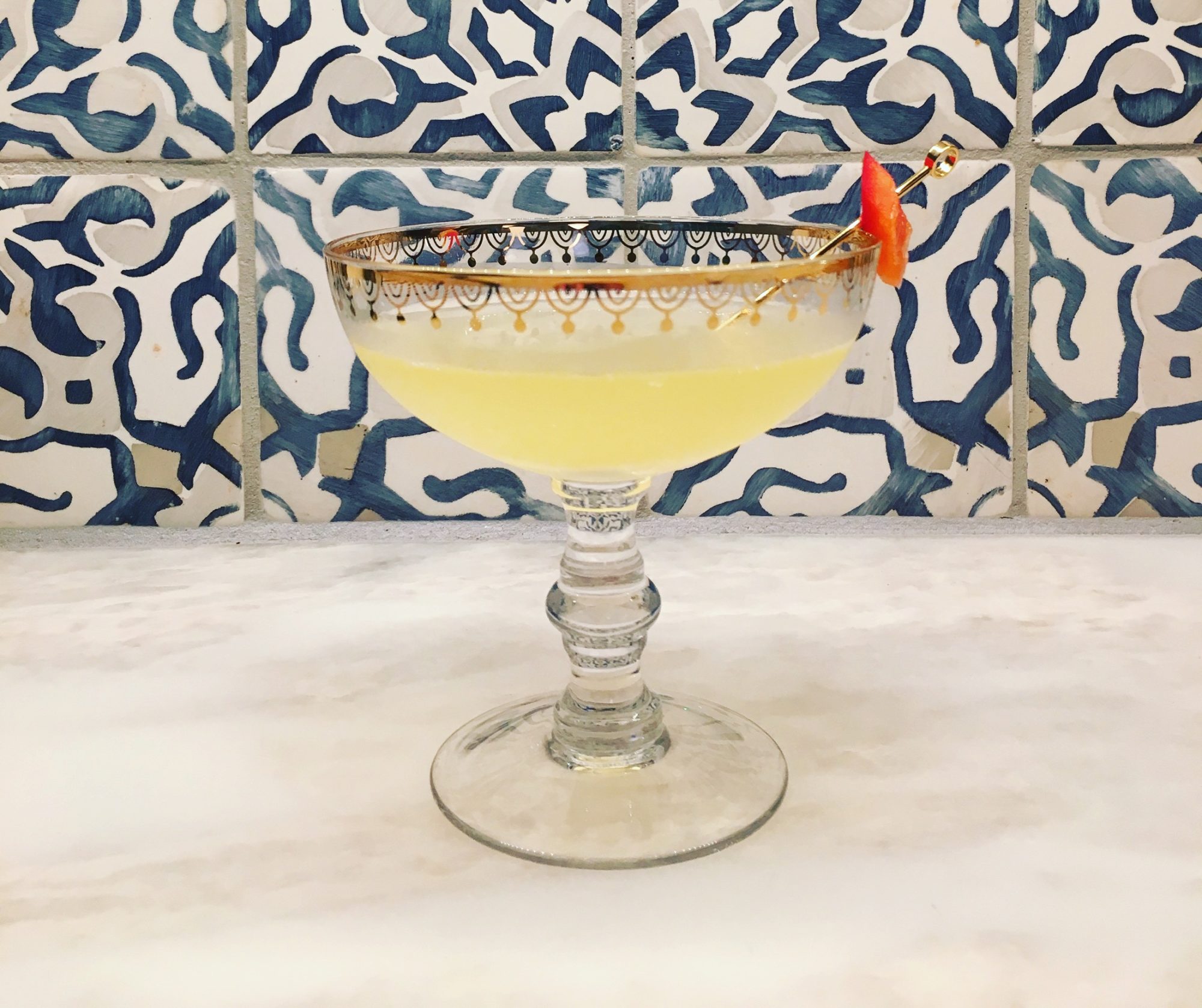As you have probably been able to gather from my posts of cocktail events in March and April and of my non-alcoholic Sakura Sparkler recipe, I’ve got a thing for cherry blossoms. As I’ve noted, cherry blossoms are not only beautiful but also edible, meaning you can use them in your cocktails. In this post I have another such recipe for you. And this one uses cherry blossoms in three different ways. For lack of a more imaginative description, I’m calling it the Cherry Blossom Cocktail:

There are other ingredients, but let’s start with our three cherry-blossom constituents. The first is the cherry-blossom garnish, visible in the picture and plucked from a local tree (if you don’t have your own tree, ask a neighbor – most won’t deny you a lone blossom). The second is Sakura Cherry Blossom Honey Syrup, which I used in my Sakura Sparkler recipe and is available on Amazon. And the third is Cerasum, a new aperitivo from D.C.’s own Don Ciccio & Figli. Don Ciccio explains that Cerasum is made from three different kinds of cherries, sakura blossoms, and “10 selected roots and herbs,” pursuant to a recipe dating back to 1906. What it is is delicious – not sweet like many cherry-flavored liqueurs but tart, adding a distinctive flavor to the drink.
These cherry-blossom influences are accompanied by gin and freshly squeezed lemon juice. They combine to produce a bright and tangy cocktail with cherry, citrus and light floral and herbal flavors. It’s just the cocktail for enjoying the cherry blossoms on a nice spring day.
Here is the recipe:
Cherry Blossom Cocktail
Ingredients
- 1 oz. gin I used Botanist
- 1/2 oz. Cerasum
- 1 oz. Sakura Cherry Blossom Honey Syrup
- 1/2 oz. freshly squeezed lemon juice
- 1 cherry
- 1 cherry blossom
Instructions
- Combine the gin, Cerasum, cherry blossom honey syrup and lemon juice with ice in a shaking tin.
- Shake vigorously and strain into a coupe.
- Garnish with a cherry and a cherry blossom.
Enjoy!



















